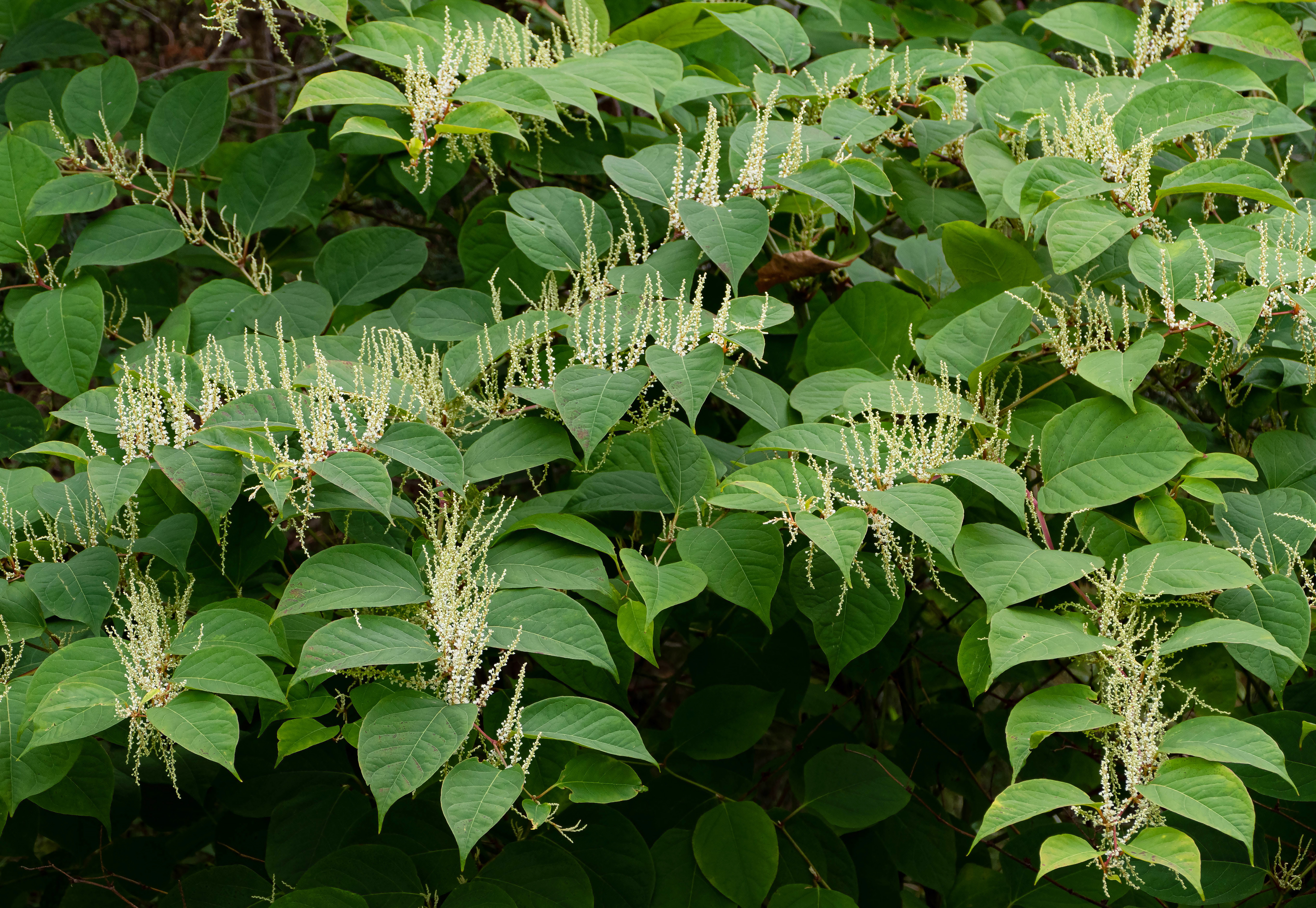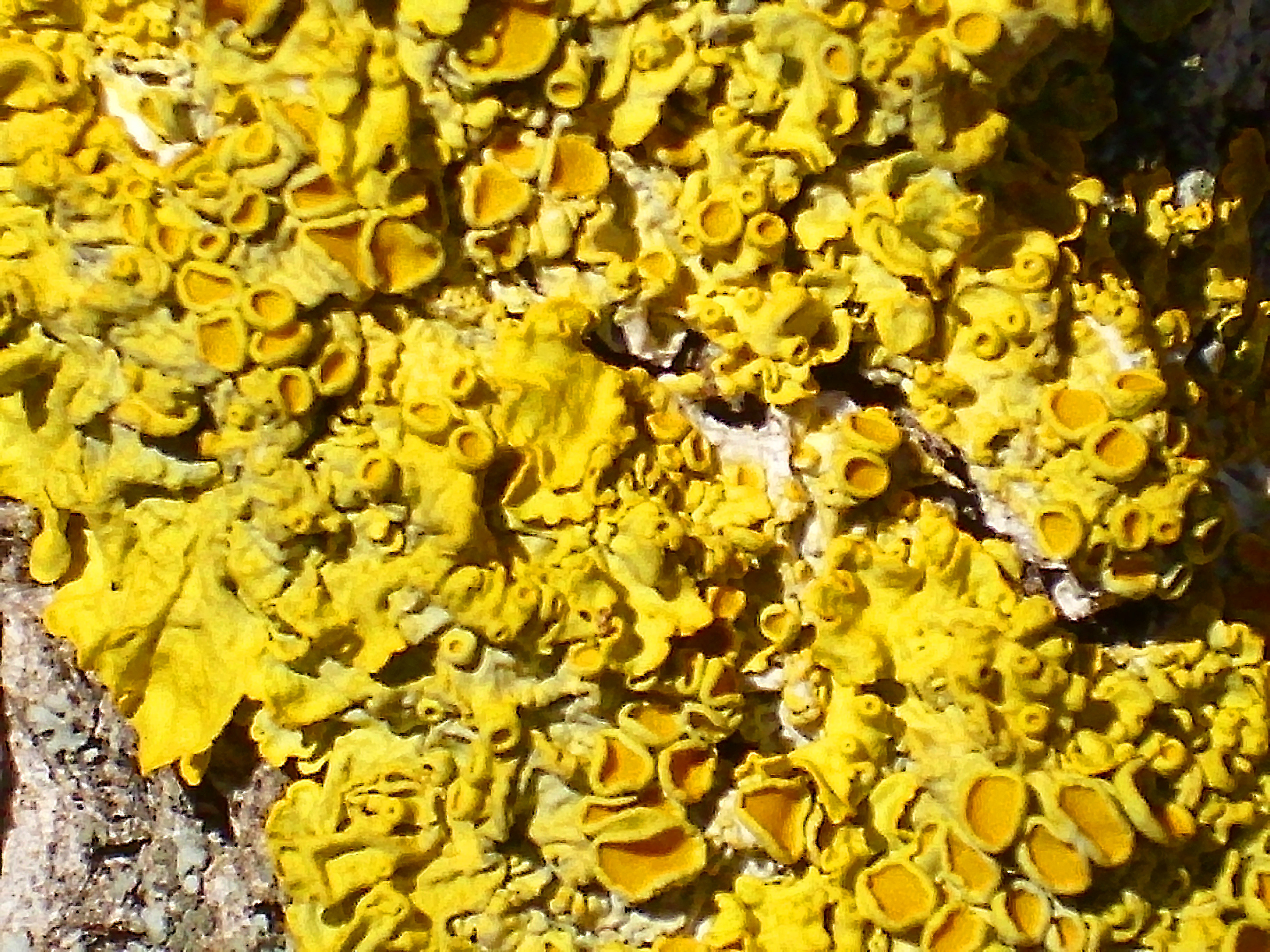|
Polycauliona Comandorica
''Polycauliona comandorica'' is a species of fruticulose (minutely shrubby) lichen in the family Teloschistaceae. It was formally described as a new species in 2021 by Dmitry Himelbrant, Irina Stepanchikova, and Ivan Frolov. The lichen is found in the splash zone of the Commander Islands in the Russian Far East; its specific epithet ''comandorica'' refers to its type locality. The type specimen was collected on Medny Island, under a colony of horned puffins. A close association with seabird colonies is common to all of the known localities of this lichen species. Several secondary compounds have been detected in the lichen, including parietin as a major compound, and minor to trace amounts of parietinic acid, emodin, citreorosein, emodinal, emodic acid, fallacinal, and teloschistin Fallacinol (teloschistin) is an organic compound in the structural class of chemicals known as anthraquinones. It is found in some lichens, particularly in the family Teloschistaceae, as w ... [...More Info...] [...Related Items...] OR: [Wikipedia] [Google] [Baidu] |
Fruticose Lichen
A fruticose lichen is a form of lichen fungi that is characterized by a coral-like shrubby or bushy growth structure. It is formed from a symbiotic relationship of a photobiont such as green algae or less commonly cyanobacteria and one, two or more mycobionts. Fruticose lichens are not a monophyletic and holophyletic lineage, but is a form encountered in many classes. Fruticose lichens have a complex vegetation structure, and are characterized by an ascending, bushy or pendulous appearance. As with other lichens, many fruticose lichens can endure high degrees of desiccation. They grow slowly and often occur in habitats such as on tree barks, on rock surfaces and on soils in the Arctic and mountain regions. Characteristics Fruticose lichens are lichens composed of a shrubby or bushy thallus and a holdfast. The thallus is the vegetative body of a lichen that does not have true leaves, stems, or roots. The thallus colour is affected by the algae in the lichen, compounds created by t ... [...More Info...] [...Related Items...] OR: [Wikipedia] [Google] [Baidu] |
Emodin
Emodin (6-methyl-1,3,8-trihydroxyanthraquinone) is a chemical compound, of the anthraquinone family, that can be isolated from rhubarb, buckthorn, and Japanese knotweed (''Reynoutria japonica'' syn. ''Polygonum cuspidatum''). Emodin is particularly abundant in the roots of the Chinese rhubarb (Rheum palmatum), knotweed and knotgrass (Polygonum cuspidatum and multiflorum) as well as Hawaii ‘au‘auko‘i cassia seeds or coffee weed (Semen cassia). It is specifically isolated from Rheum palmatum L. It is also produced by many species of fungi, including members of the genera ''Aspergillus'', ''Pyrenochaeta'', and ''Pestalotiopsis'', inter alia. The common name is derived from ''Rheum emodi'', a taxonomic synonym of ''Rheum australe'', (Himalayan rhubarb) and synonyms include emodol, frangula emodin, rheum emodin, 3-methyl-1,6,8-trihydroxyanthraquinone, Schüttgelb (Schuttgelb), and Persian Berry Lake. Pharmacology Emodin is an active component of several plants used in Traditiona ... [...More Info...] [...Related Items...] OR: [Wikipedia] [Google] [Baidu] |
Lichen Species
A lichen ( , ) is a composite organism that arises from algae or cyanobacteria living among filaments of multiple fungi species in a mutualistic relationship.Introduction to Lichens – An Alliance between Kingdoms . University of California Museum of Paleontology. Lichens have properties different from those of their component organisms. They come in many colors, sizes, and forms and are sometimes plant-like, but are not s. They may have tiny, leafless branches (); flat leaf-like structures ( |
Teloschistales
The Teloschistales are an order of mostly lichen-forming fungi belonging to the class Lecanoromycetes in the division Ascomycota. According to one 2008 estimate, the order contains 5 families, 66 genera, and 1954 species. The predominant photobiont partners for the Teloschistales are green algae from the genera ''Trebouxia'' and '' Asterochloris''. Families *Brigantiaeaceae *Letrouitiaceae *Megalosporaceae *Teloschistaceae The Teloschistaceae are a large family of mostly lichen-forming fungi belonging to the class Lecanoromycetes in the division Ascomycota. The family, estimated to contain over 1800 species, was extensively revised in 2013, including the creati ... References Lichen orders Lecanoromycetes orders Taxa described in 1986 Taxa named by David Leslie Hawksworth {{Teloschistales-stub ... [...More Info...] [...Related Items...] OR: [Wikipedia] [Google] [Baidu] |
Apothecia
An ascocarp, or ascoma (), is the fruiting body ( sporocarp) of an ascomycete phylum fungus. It consists of very tightly interwoven hyphae and millions of embedded asci, each of which typically contains four to eight ascospores. Ascocarps are most commonly bowl-shaped (apothecia) but may take on a spherical or flask-like form that has a pore opening to release spores (perithecia) or no opening (cleistothecia). Classification The ascocarp is classified according to its placement (in ways not fundamental to the basic taxonomy). It is called ''epigeous'' if it grows above ground, as with the morels, while underground ascocarps, such as truffles, are termed ''hypogeous''. The structure enclosing the hymenium is divided into the types described below (apothecium, cleistothecium, etc.) and this character ''is'' important for the taxonomic classification of the fungus. Apothecia can be relatively large and fleshy, whereas the others are microscopic—about the size of flecks of ... [...More Info...] [...Related Items...] OR: [Wikipedia] [Google] [Baidu] |
Soredia
Soredia are common reproductive structures of lichens. Lichens reproduce asexually by employing simple fragmentation and production of soredia and isidia. Soredia are powdery propagules composed of fungal hyphae wrapped around cyanobacteria or green algae. These can be either scattered diffusely across the surface of the lichen's thallus Thallus (plural: thalli), from Latinized Greek (), meaning "a green shoot" or "twig", is the vegetative tissue of some organisms in diverse groups such as algae, fungi, some liverworts, lichens, and the Myxogastria. Many of these organisms wer ..., or produced in localized structures called soralia. Fungal hyphae make up the basic body structure of lichen. The soredia are released through openings in the upper cortex of the lichen structure. After their release, the soredia disperse to establish the lichen in a new location. References Fungal morphology and anatomy Lichenology {{lichen-stub ... [...More Info...] [...Related Items...] OR: [Wikipedia] [Google] [Baidu] |
Thallus
Thallus (plural: thalli), from Latinized Greek (), meaning "a green shoot" or "twig", is the vegetative tissue of some organisms in diverse groups such as algae, fungi, some liverworts, lichens, and the Myxogastria. Many of these organisms were previously known as the thallophytes, a polyphyletic group of distantly related organisms. An organism or structure resembling a thallus is called thalloid, thallodal, thalliform, thalline, or thallose. A thallus usually names the entire body of a multicellular non-moving organism in which there is no organization of the tissues into organs. Even though thalli do not have organized and distinct parts (leaves, roots, and stems) as do the vascular plants, they may have analogous structures that resemble their vascular "equivalents". The analogous structures have similar function or macroscopic structure, but different microscopic structure; for example, no thallus has vascular tissue. In exceptional cases such as the Lemnoideae, where ... [...More Info...] [...Related Items...] OR: [Wikipedia] [Google] [Baidu] |
Polycauliona Thamnodes
''Polycauliona'' is a genus of lichen-forming fungi in the family Teloschistaceae. Species *''Polycauliona antarctica'' *''Polycauliona ascendens'' *''Polycauliona austrogeorgica'' *''Polycauliona bolacina'' *''Polycauliona brattiae'' *''Polycauliona candelaria'' *''Polycauliona charcotii'' *''Polycauliona citrina'' *''Polycauliona comandorica'' – Commander Islands *''Polycauliona coralligera'' *''Polycauliona coralloides'' *''Polycauliona fruticulosa'' *''Polycauliona impolita'' *''Polycauliona inconspecta'' *''Polycauliona johnstonii'' *''Polycauliona kaernefeltii'' *''Polycauliona leechii'' *''Polycauliona luctuosa'' *''Polycauliona murrayi'' *''Polycauliona phryganitis'' *''Polycauliona pollinarioides'' *''Polycauliona polycarpa'' *''Polycauliona prostrata'' *''Polycauliona pulvinata'' *''Polycauliona regalis'' *''Polycauliona rhopaloides'' *''Polycauliona sparsa'' *'' Polycauliona stellata'' *''Polycauliona tenax'' *''Polycauliona tenuiloba'' ... [...More Info...] [...Related Items...] OR: [Wikipedia] [Google] [Baidu] |
Morphology (biology)
Morphology is a branch of biology dealing with the study of the form and structure of organisms and their specific structural features. This includes aspects of the outward appearance (shape, structure, colour, pattern, size), i.e. external morphology (or eidonomy), as well as the form and structure of the internal parts like bones and organs, i.e. internal morphology (or anatomy). This is in contrast to physiology, which deals primarily with function. Morphology is a branch of life science dealing with the study of gross structure of an organism or taxon and its component parts. History The etymology of the word "morphology" is from the Ancient Greek (), meaning "form", and (), meaning "word, study, research". While the concept of form in biology, opposed to function, dates back to Aristotle (see Aristotle's biology), the field of morphology was developed by Johann Wolfgang von Goethe (1790) and independently by the German anatomist and physiologist Karl Friedrich Burdach ... [...More Info...] [...Related Items...] OR: [Wikipedia] [Google] [Baidu] |
Teloschistin
Fallacinol (teloschistin) is an organic compound in the structural class of chemicals known as anthraquinones. It is found in some lichens, particularly in the family Teloschistaceae, as well as a couple of plants and non lichen-forming fungi. In 1936, Japanese chemists isolated a pigment named fallacin from the lichen ''Oxneria fallax'', which was later refined and assigned a tentative structural formula; by 1949, Indian chemists had isolated a substance from ''Teloschistes flavicans'' with an identical structural formula to fallacin. Later research further separated fallacin into two distinct pigments, fallacin-A (later called fallacinal) and fallacin-B (fallacinol). The latter compound is also known as teloschistin due to its structural match with the substance isolated earlier. History In 1936, Japanese chemists Mitizo Asano and Sinobu Fuziwara reported on their chemical investigations into the colour pigments of the lichen ''Xanthoria fallax'' (now known as ''Oxneria fallax'' ... [...More Info...] [...Related Items...] OR: [Wikipedia] [Google] [Baidu] |
Fallacinal
Fallacinal is an organic compound in the structural class of chemicals known as anthraquinones. It is found in many species of the lichen family Teloschistaceae. History In 1936, Japanese chemists Mitizo Asano and Sinobu Fuziwara reported on their investigations into the colour pigments of the lichen ''Xanthoria fallax'' (now known as ''Oxneria fallax''), found growing on the bark of mulberry trees. They isolated a biological pigment, pigment they named fallacin. A few years later Asano and Yosio Arata further purified the crude material from this lichen, ultimately obtaining an orange-yellow compound with a molecular formula of C16H12O6. Using information from additional chemical tests, they proposed a tentative structural formula for fallacin. In 1949, T. R. Seshadri and S. Subramanian described their work with the Indian lichen ''Teloschistes flavicans'', in which they isolated an orange substance they named teloschistin, and which had a structural formula identical to that of ... [...More Info...] [...Related Items...] OR: [Wikipedia] [Google] [Baidu] |






